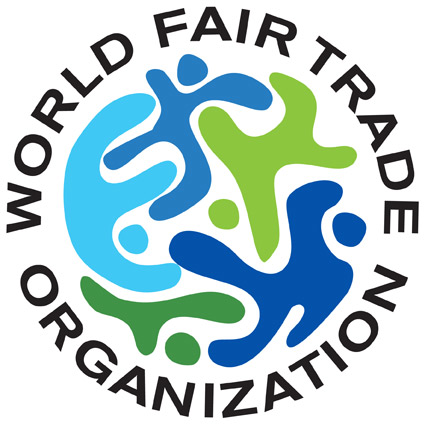Written by Averie Floyd Design Intern
Hello, Averie the design intern here. As I shared in my last blog post, I am working to create a new Maya Traditions textile that applies future color trends. This process has many steps and involves many people along the way. The first step was to narrow down which colors to use. This can be difficult with such a wide variety to choose from in just one season. While doing the research I took note of colors that appeared often in the trend report images. One of these colors was Ultramarine so I decided to use it as the base color for the new textile.
 |
| A taste of my inspiration boards |
 |
| An example of card stock model of the new lienso. |
 |
| The artisans in Chuacruz reviewing my samples |
The last step is to get feedback. I started with the team at Maya Traditions and received feedback in terms of production and the taste of current and future customers. This week I was also able to get feedback from the women who will be creating this lienso design in Chuacruz. I learned about the symbolism in their weavings and asked them why they liked certain designs I had brought more than others. The editing process takes a long time in design as different options are tested out. This week we should decide on a final design and invite the weavers into the office to set up a loom for a woven sample!

Member of the
World Fair Trade Organization